In this month’s Frog Blog we will be talking about setting up your enclosure AND maintaining your enclosure once you have it set up. To begin setting up your enclosure we have to find the right sized enclosure for your critter. Here at Frog Beans we stay away from the generic gallons as it tends to be inconsistent in measurements. We measure our enclosures by your critters length. We use your critters length to determine which enclosure is right for them.
A good rule of thumb for most critters is twice their length for the enclsoure length and one and half times the critters length for the depth and height of the enclosure. Of course their are exceptions to this rule where some enclosures need to be taller to allow your critter to climb or shorter for those who would prefer a shorter enclosure. This formula is a good starting point fro your critter enclosure whether it is an indoor enclosure or outdoor enclosure.
To put that formula into the real world let’s say we have a bearded dragon. As a newly purchased bearded dragon the enclosure can be smaller. On average they will be around 6-8 inches when you first buy them. In this example our bearded dragon will be 6 inches long. This would mean that our bearded dragon enclosure should be 12 inches wide, 9 inches in depth, and 9 inches in height. This is the minimum size, but knowing our critter will grow we need to plan for an adult bearded dragon. Again let’s say our bearded dragon stays in the average range and gets to be 15 inches long. Our bearded dragon setup would then need to be 30 inches in width, 22.5 inches in depth, and 22.5 inches in height as a minimum.
Environment
The next step to setting up your enclosure is to decide what kind of environment you want to set up. There are three kinds of environments. You have Desert, Arboreal, and Tropical; the chart below shows what your temperature and humidity ranges are for each environment.
Substrate
Now that you have selected your environment its time to set up that environment. To begin setting up your enclosure you you will need to pick a substrate. If you chose a desert environment you need to go with sand or a rocky terrain as these substrates aid in heat retention and don’t trap humidity, if you chose Arboreal or Tropical you will need to use coco fiber or coco husk substrates as it will help with maintaining humidity. The next step to setting up your enclosure is to get hides and decor.
Decor
You will need at least one hide for your critter however two is preferred. This provides a safe space for your critter to rest and hide on both the warm and cool side of your enclosures. After you set up your hide(s) it’s time to decorate. You will need to make sure you have decorations on theme with your environment to ensure your critter really feels at home.
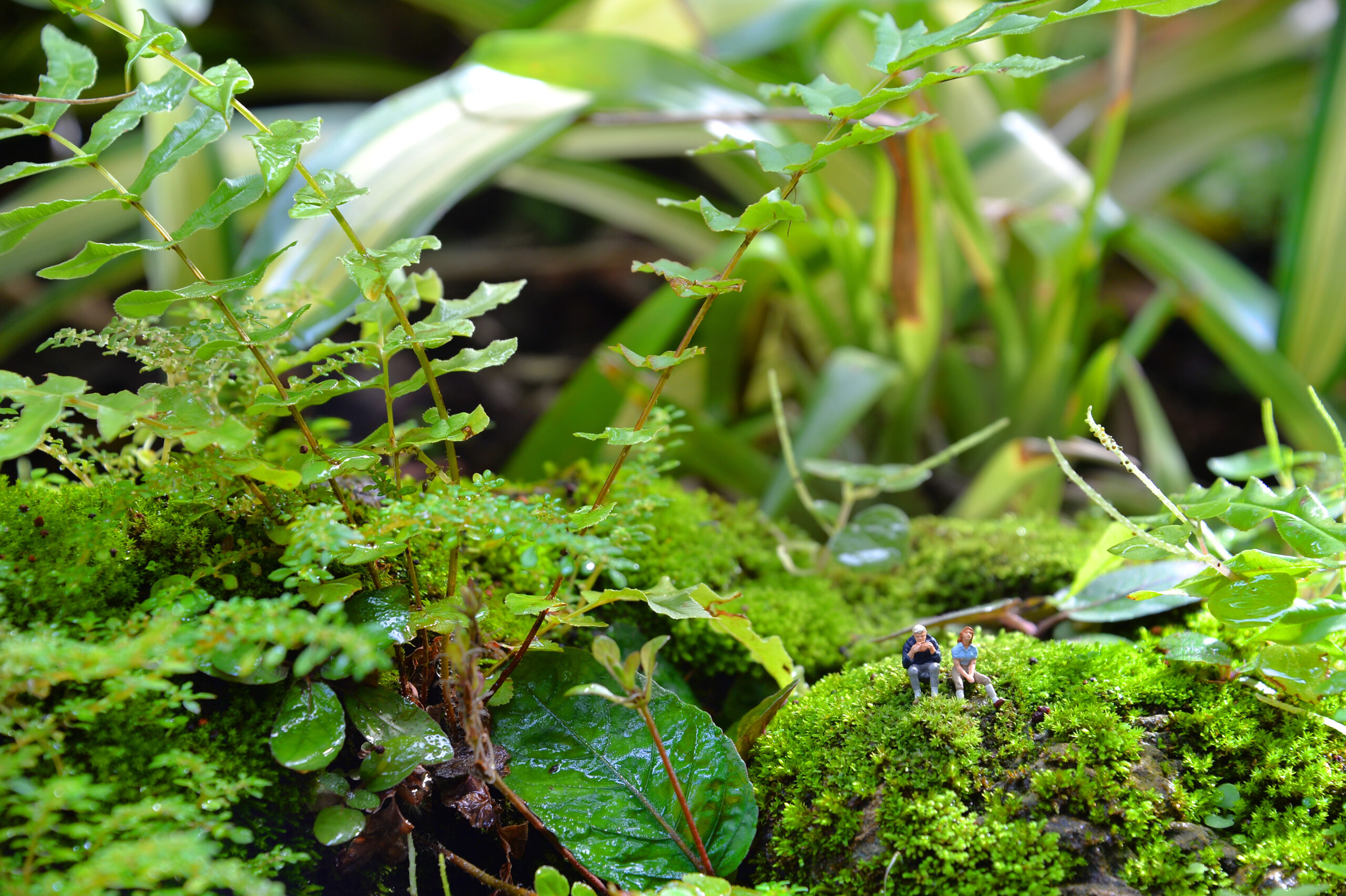
Be sure to include things to provide shade and things to bask on so your critter can soak up that much needed UV-B. After you have finished decorating you have one final step to setting up your enclosure.
Heating and Lighting
Heating and lighting, heating and lighting is the most important thing when it comes to setting up your enclosure. You must make sure you have the proper heating and lighting or else your enclosure will never be critter ready. So do your research and see make sure you have what you need to give your critter proper UV and maintain those temperature and humidity levels.
Avoid things such as heat rocks and heating pads as your critter can not absorb the heat from below and they can cause burns to your critter. Using a heat lamp, some people also call them basking lamps (both are correct), to create a “hot side” and allowing the opposite side to be naturally cooler will help your critter more easily regulate their body temperature. Having a basking spot near the basking bulb will allow for better heat absorbtion and temperature control. This is also a great place to have the UVB light or a true full spectrum light.
Next Steps
Now that we have our enclosure set up what’s next? We’ll now we have a choice. We can choose to leave our enclosure alone or we can go bio-active. If you prefer to leave your enclosure as is please keep reading and allow me to expose you to the wonderful world that is bio-activity. For those of you who do want to delve into the wonderful world of bio-active enclosures allow me to show you the first steps into setting up your enclosure for bio-activity.

Bio-Activity
To begin with we need to consider the different types of clean up crews available to us. We have isopods, springtails, worms, millipedes, and meal worms.
- Isopods will help aerate the substrate and clean up food scraps found buried in the substrate.
- Springtails will help combat mold and clean the surface of your substrate by consuming fecal matter, dead skin, and food scraps left on the substrates surface.
- Millipedes will eat food scraps and dead skin left on your enclosures decor as well as dead plant matter.
- Worms will help add nutrients to the substrate through casting (eating the soil and deficating new soil). This will help your plants thrive in the enclosure.
- Mealworms while not common in clean up crews can help fight mold and fungus in the enclosure.
Plants
Now that we have our clean up crews its time to select our plants. The chart linked to the right has plants listed that will survive in each environment. If you feel like choosing your own plants just be sure they can survive in the environment you chose while setting up your enclosure and that they aren’t dangerous to your critter. Don’t choose your plants solely because they look pretty. Functionality and safety are you sole priorities when choosing plants.
All Set Up
Okay, you’ve finished setting up your enclosure, you’ve mad it bio-active (or not). Surely you’re done now? I hear you saying. Well my friends you would be wrong. While setting up your enclosure was quite the task you are nowhere near done with that enclosure. From this point forward you will have to maintain that enclosure. But what does that look like?
Maintaining Your Enclosure
Well for starters you will have to clean the substrate weekly (or daily if you didn’t choose bio-activity) of course you will need to check on it every day to make sure that your clean up crews are doing their job but you will also need to clean it yourself every week to make sure mold doesn’t spread.
You will also need to do a full substrate change once a month if you do not have a clean up crew. However if you do you shouldn’t ever have to do a full change so long as you check on your substrate and keep it clean. You will need to wash your decor and hides and once a month. Just be sure to throughly rinse the soap residue off. If you found this blog to helpful be sure to check in next month where we will be covering the basics of critter care!
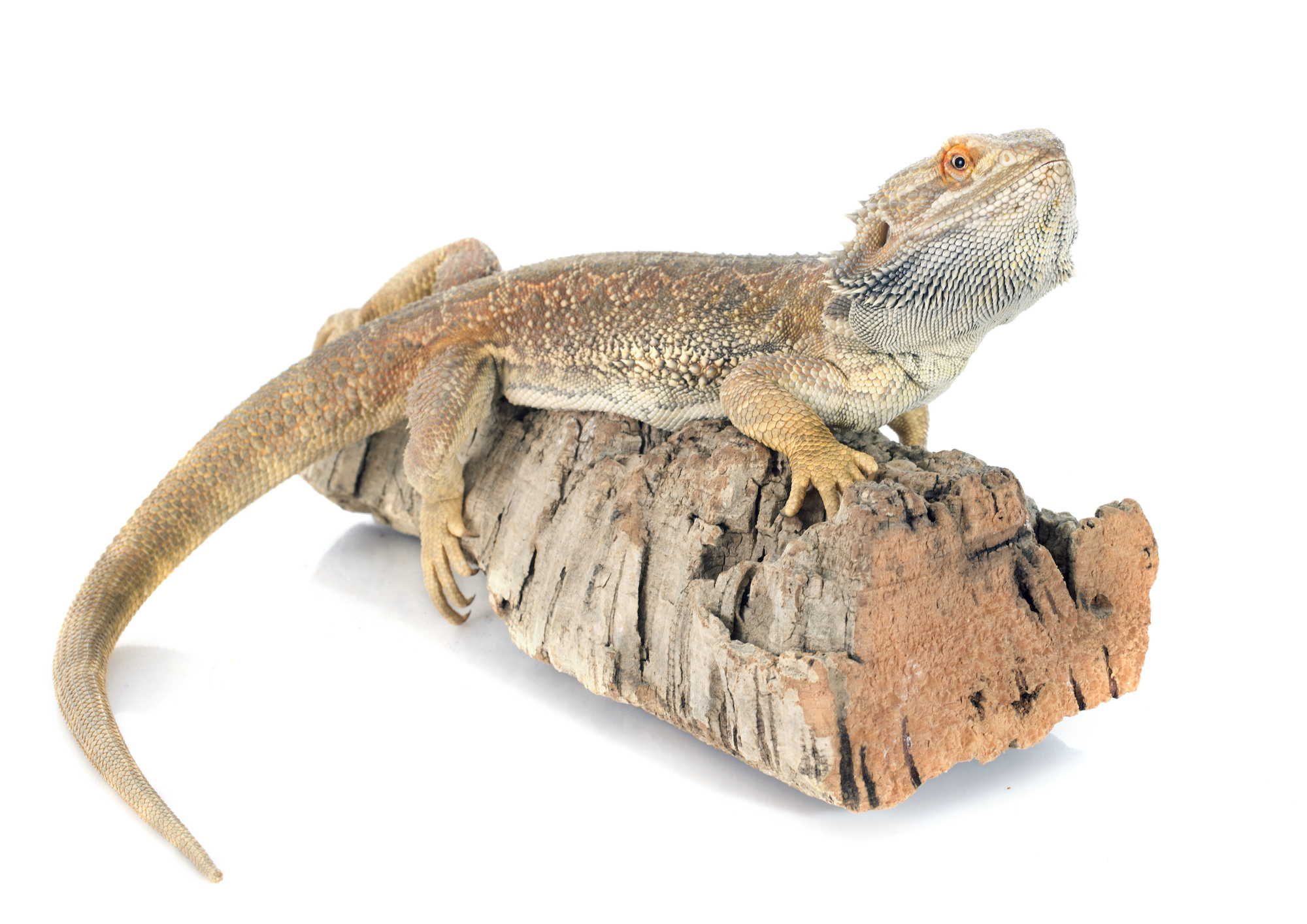

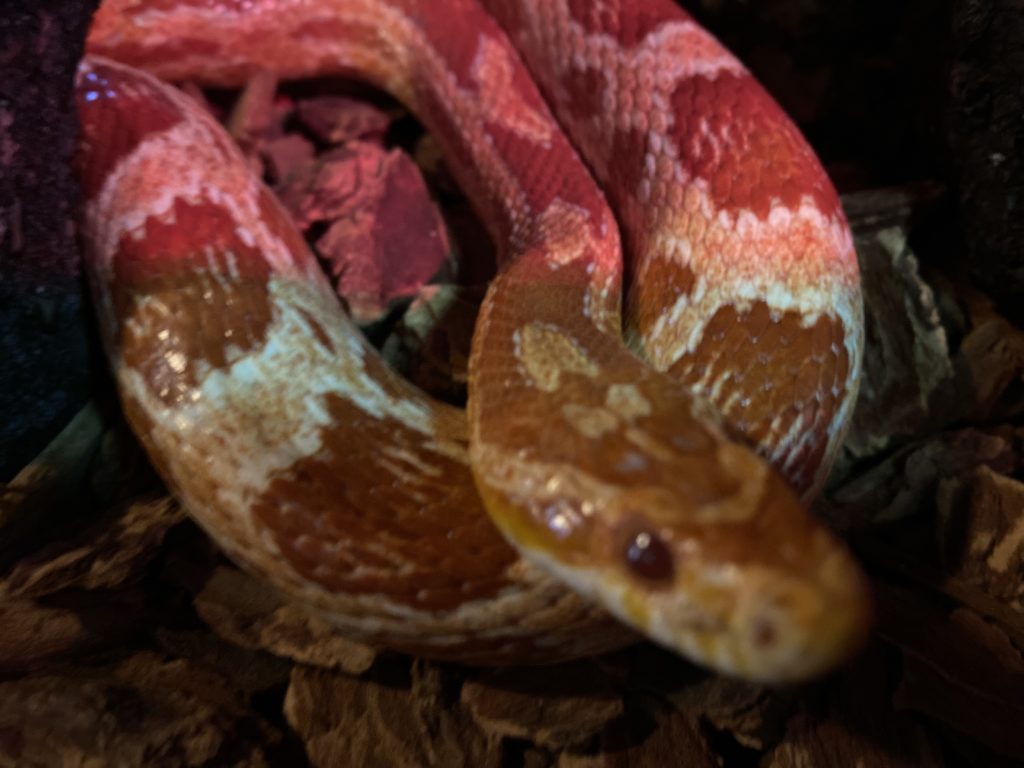

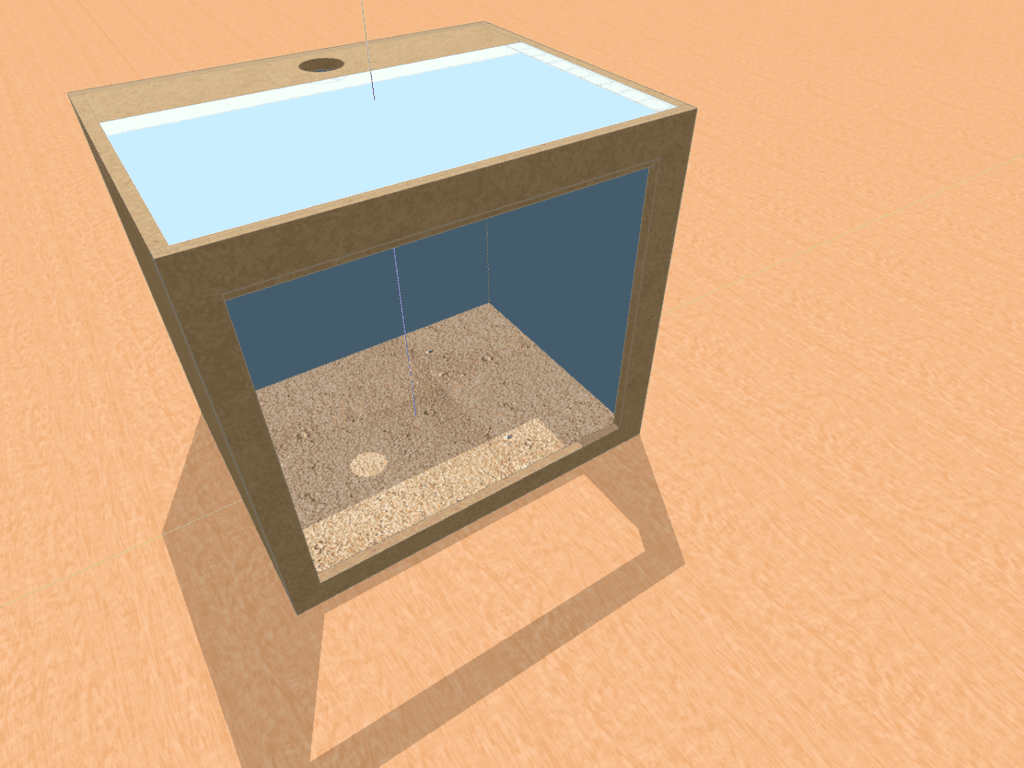
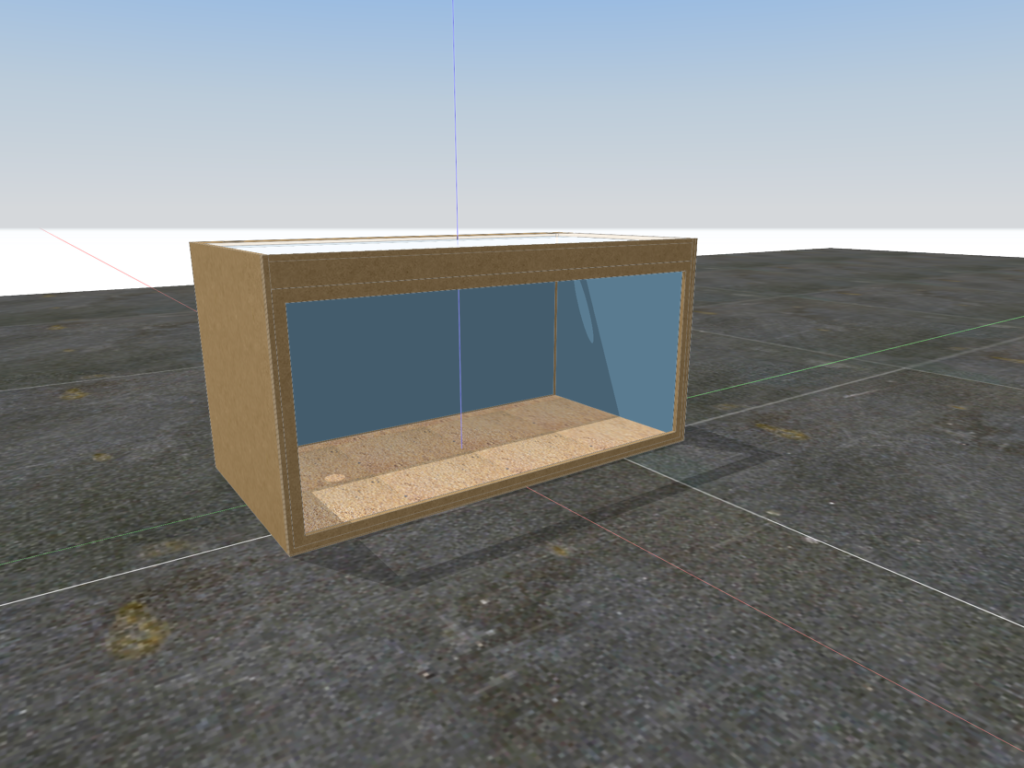
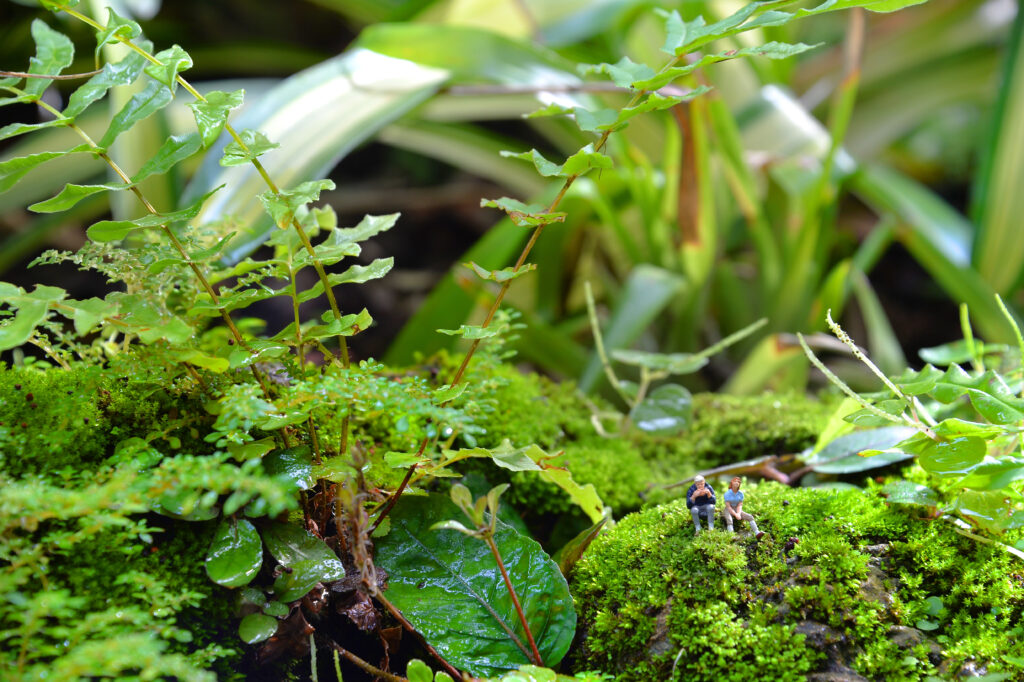
0 Comments